The Leakey Foundation held our “virtual” spring 2020 granting session on May 2, 2020. Our board of trustees unanimously approved 31 research grant proposals for funding.
Here are some numbers from our spring 2020 granting cycle:
There were 102 applications for research grants.
32% were behavioral applications. 68% were paleoanthropological applications.
468 reviews were submitted to our grants department this cycle. Thank you to our reviewers! We could not do it without you.
Congratulations to our new grantees. We look forward to sharing news and information about them and their research!
Behavioral

Margaret Corley, Yale University: Hormonal correlates of pair-bonding and biparental care in owl monkeys
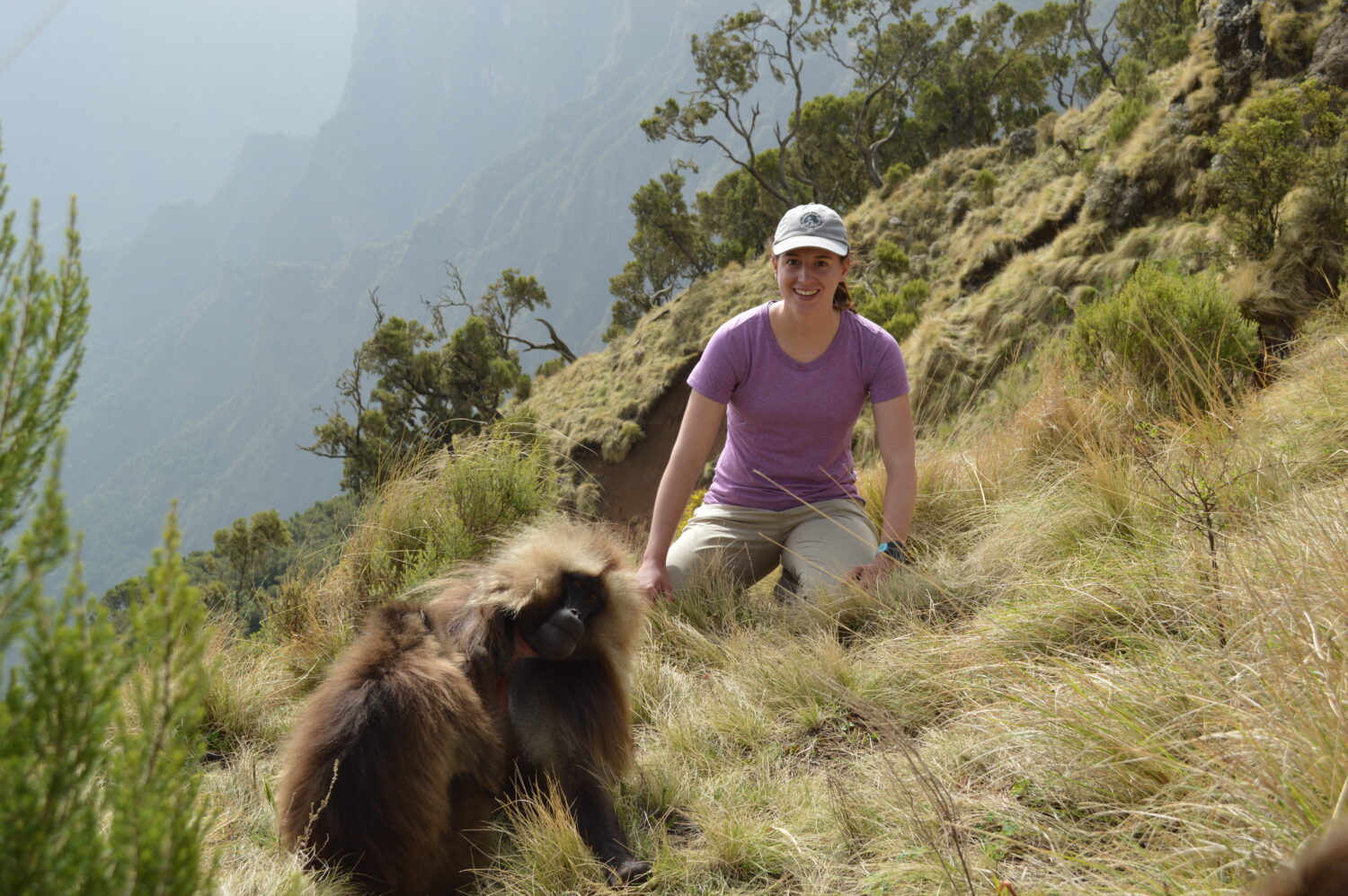
Patricia DeLacey, University of Michigan: Is the chest patch a sexually selected signal in geladas

Jacob Feder, Stony Brook University: Patterns of social bonds and developmental outcomes in juvenile geladas
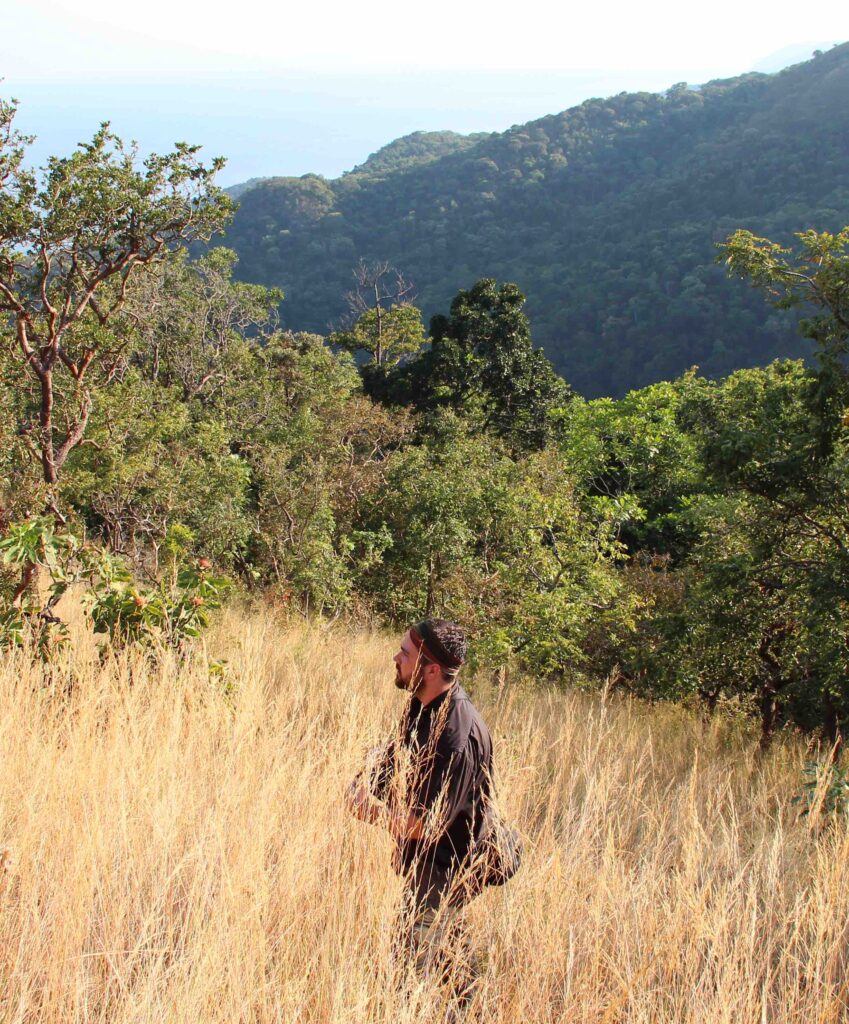
Anthony Massaro, University of Minnesota: Demographic effects on reproductive competition and cooperation in male chimpanzee
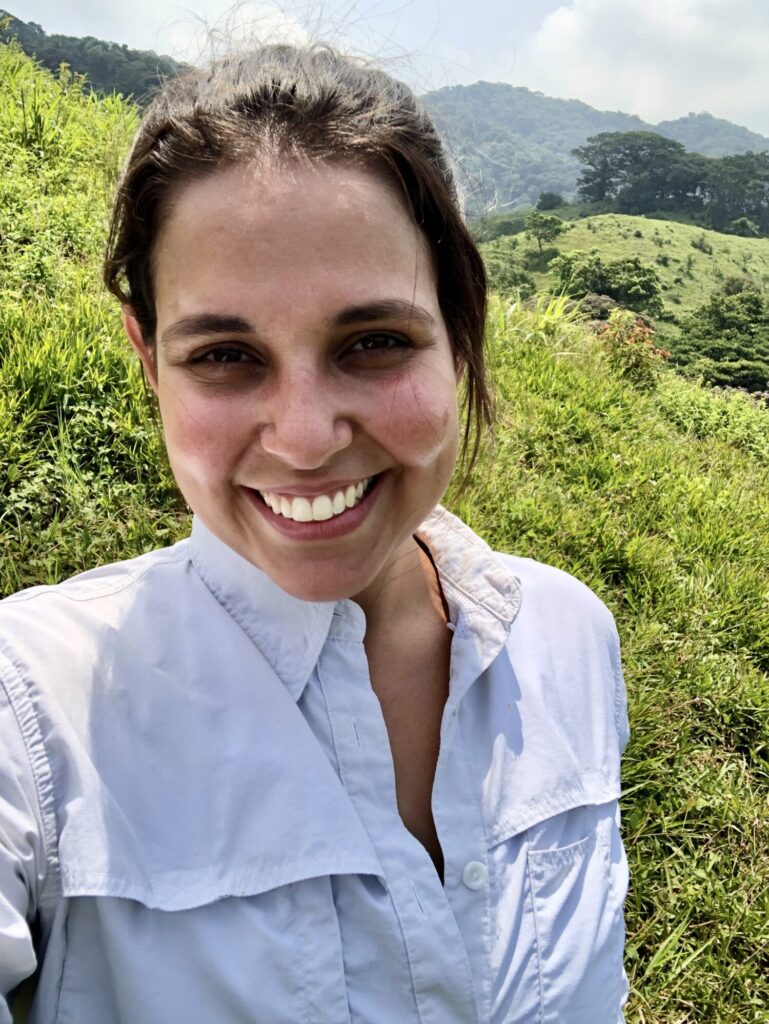
Lais Moreira, University of Calgary: The potential use of chemical communication in black-handed spider monkey
Sandro Sehner, Anthropological Institute and Museum UZH: The evolution of teaching: A broad perspective on information donation in primates
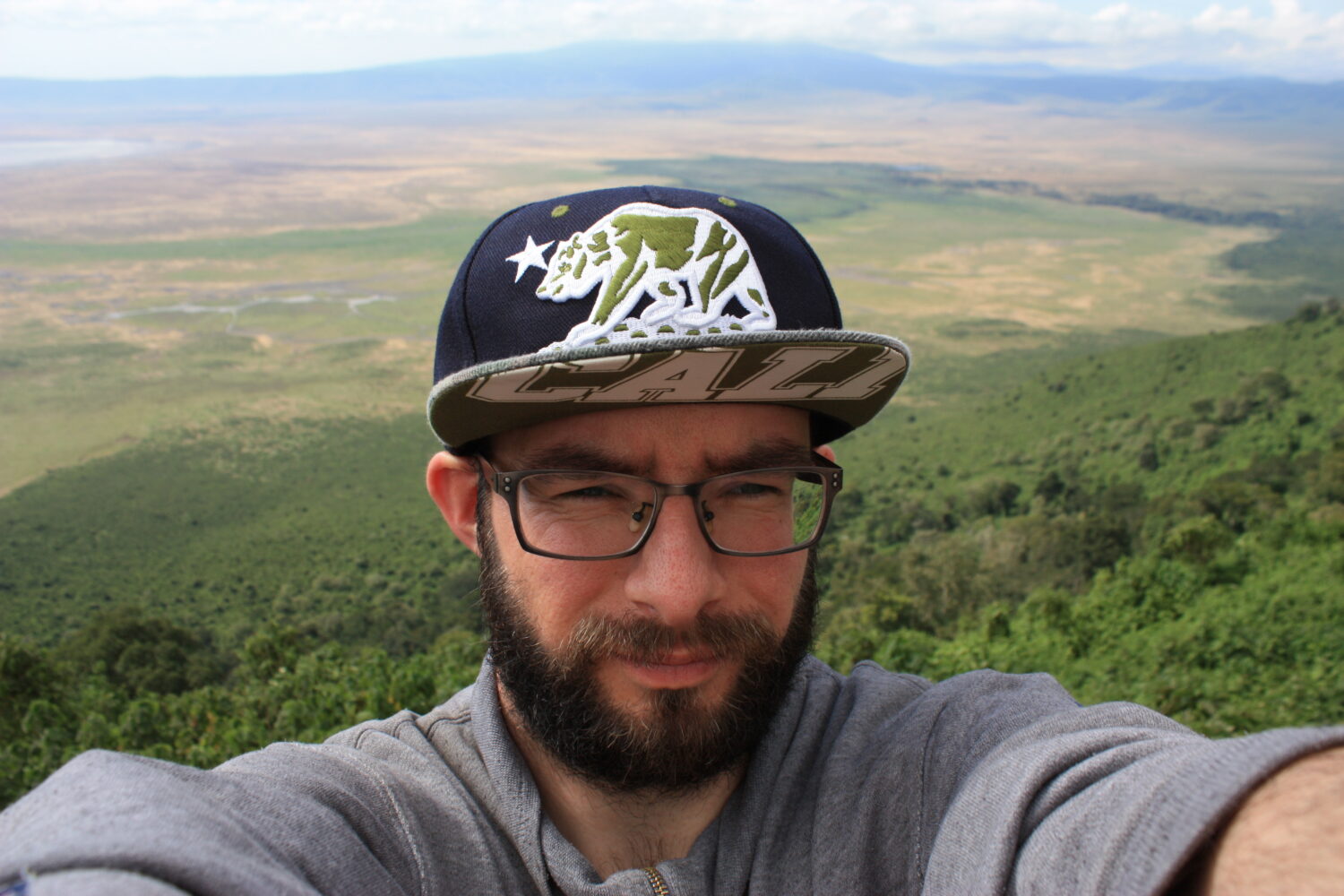
Antoine Souron, PACEA UMR 5199, Université de Bordeaux: Detecting seasonal consumption of plant underground storage organs by geladas
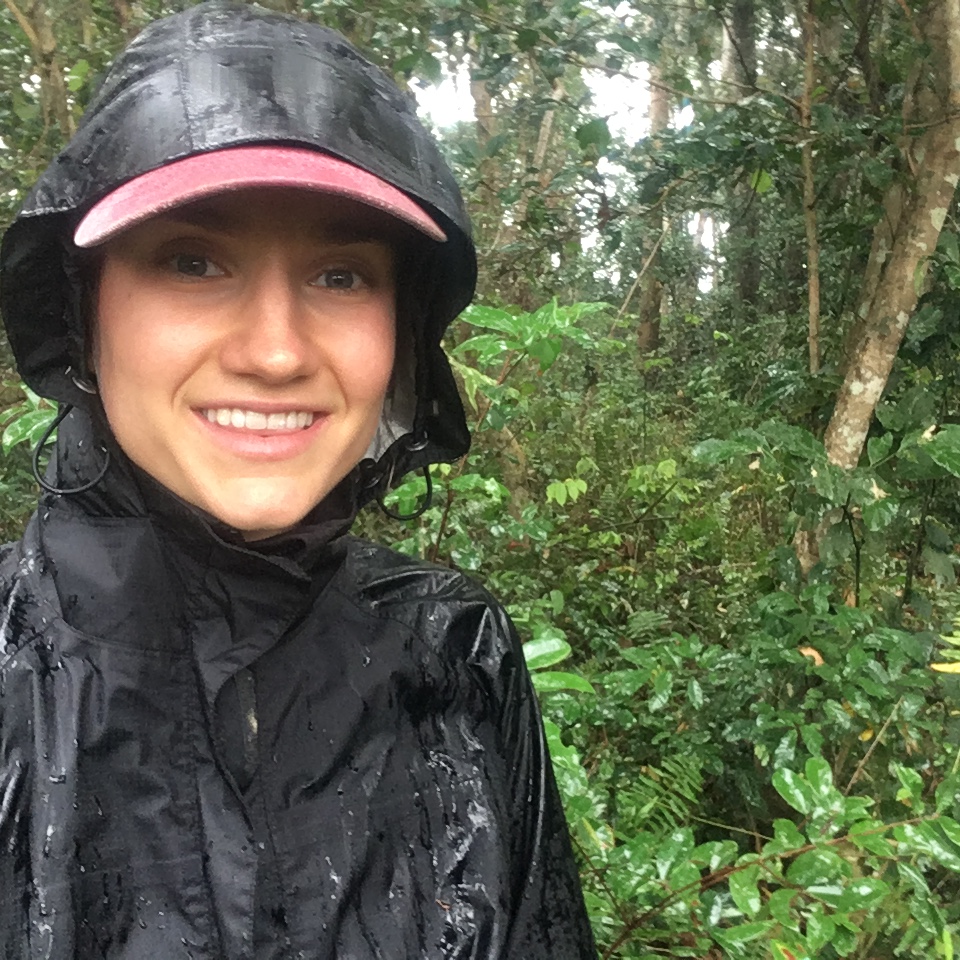
Samantha Stead, University of Toronto: Allomaternal care and maternal energetics in wild Rwenzori Angolan colobus monkeys
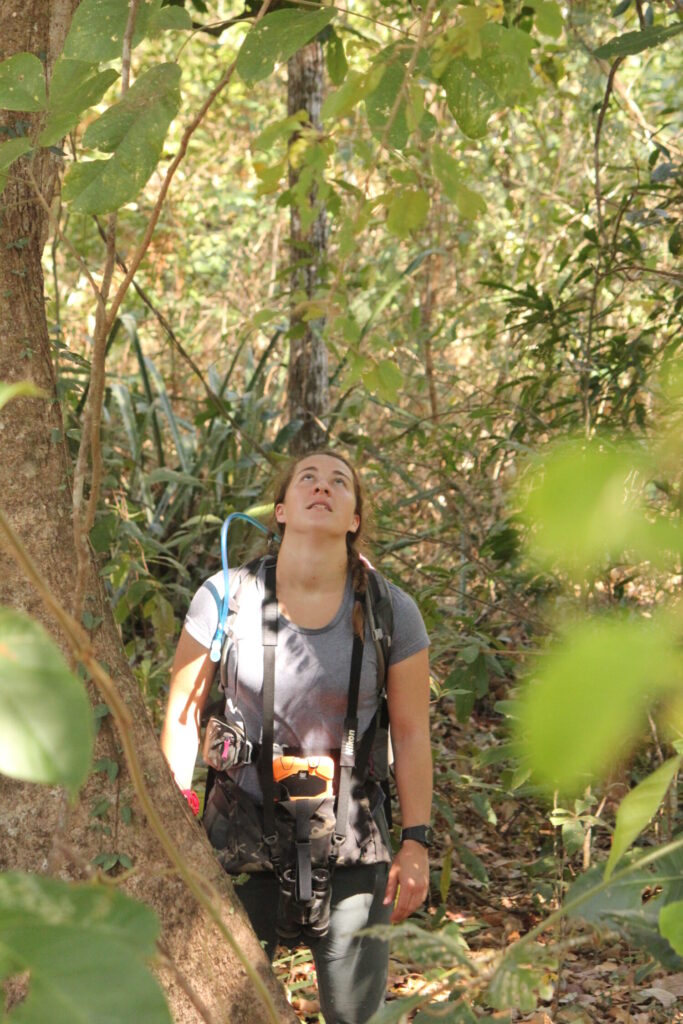
Photo by David Hormann.
Shasta Webb, University of Calgary: Understanding digestive flexibility through gut microbiome changes at short timescales

Eva Wikberg, University of Texas at San Antonio: Causes and consequences of behavioral flexibility in the Boabeng-Fiema population of Colobus vellerosus: Is social flexibility sufficient for coping with changing environments
Paleoanthropological
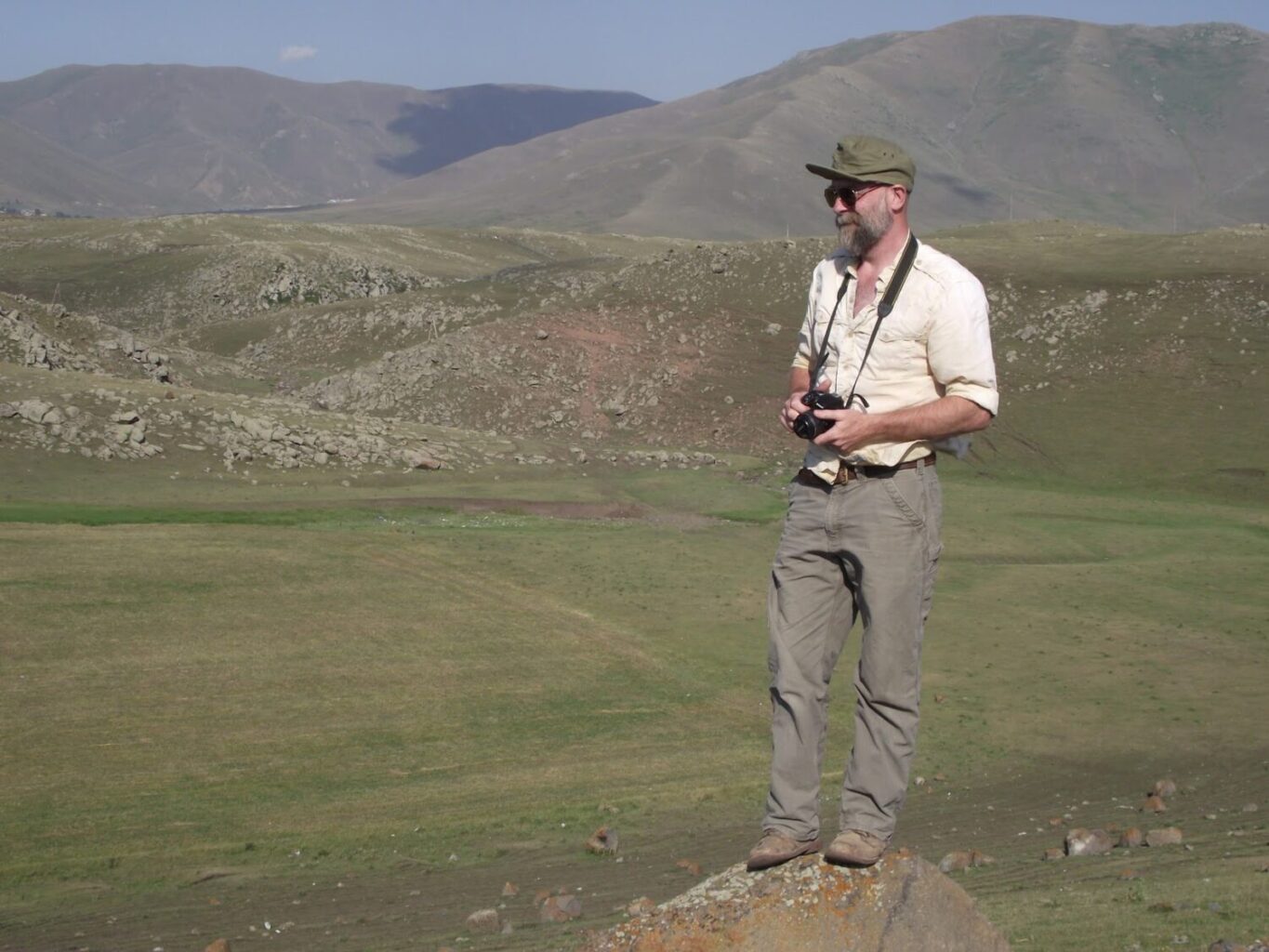
Daniel Adler, University of Connecticut: The Early to Late Pleistocene settlement of Northern Armenia
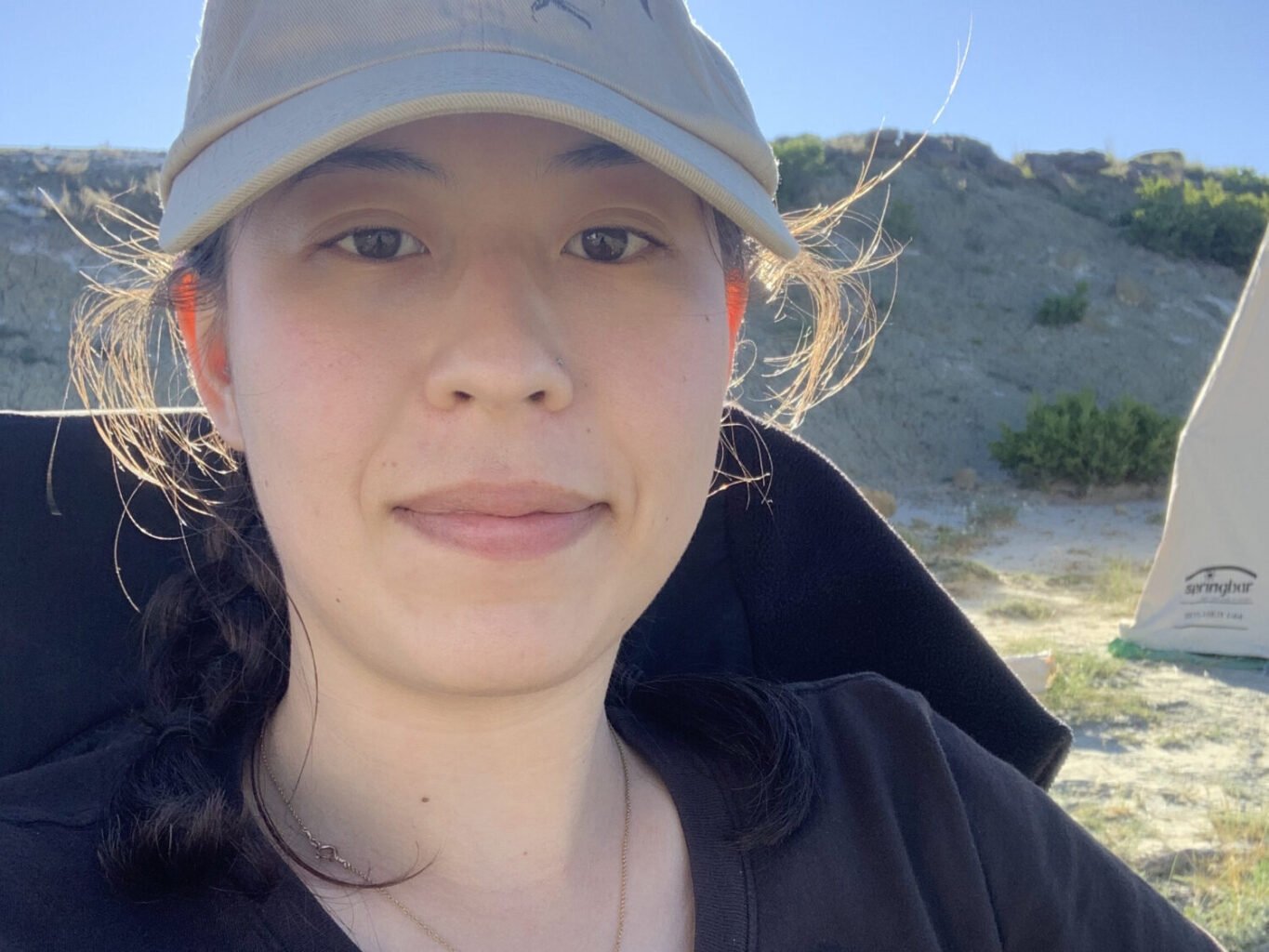
Julia Arenson, Research Foundation of CUNY: Hominin phylogenetic methodology: A comparative test using colobine evolutionary history
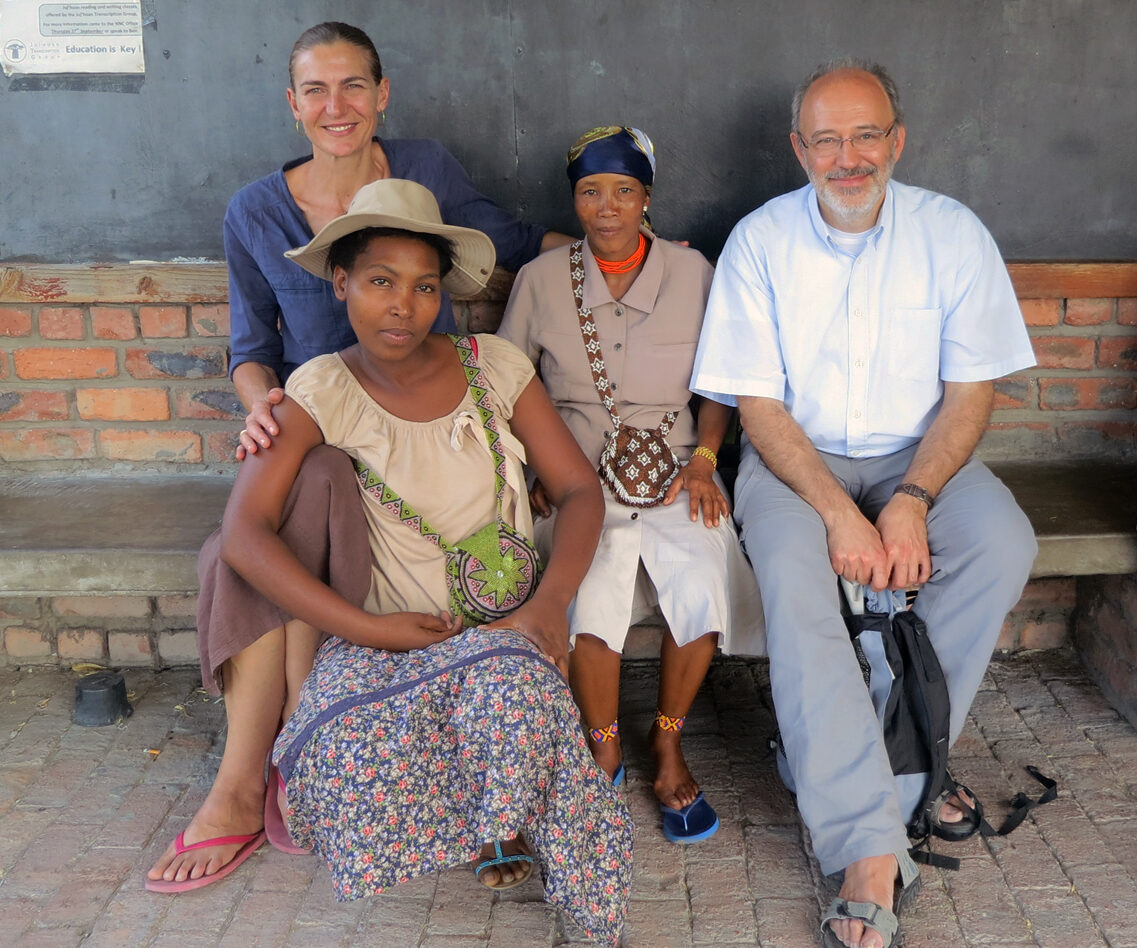
Lucinda Backwell, University of the Witwatersrand: Border Cave: Cradle of early modern humans in South Africa
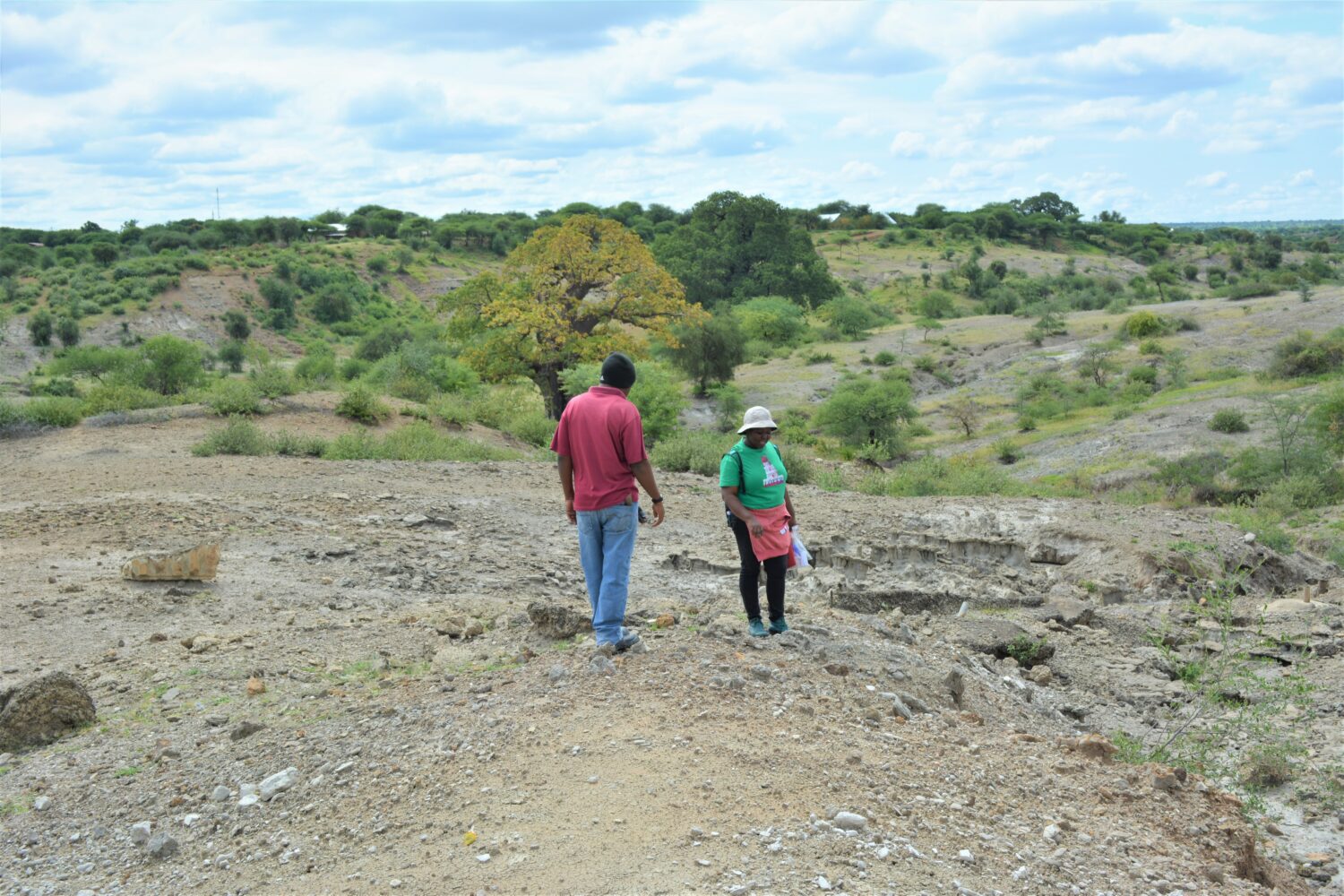
Mariam Bundala, University of Calgary: Paleoenvironmental reconstruction of the Manyara Beds (Tanzania) using phytolith analysis
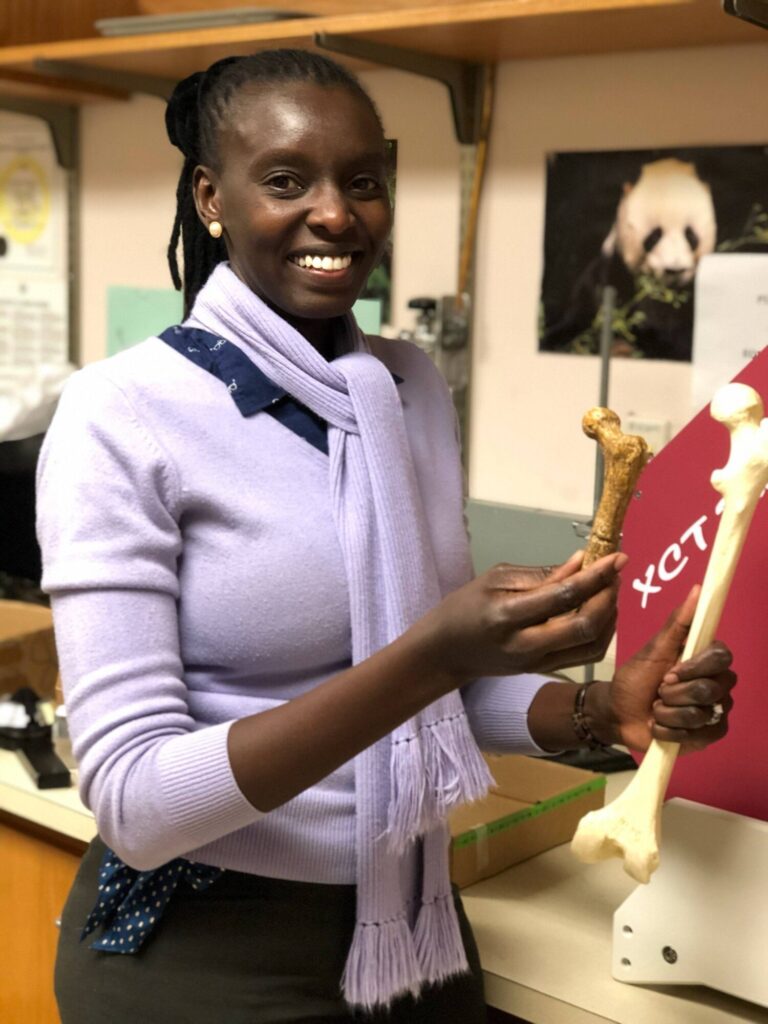
Habiba Chirchir, Marshall University: Trabecular bone morphology, gracilization and locomotion in Koobi Fora hominins
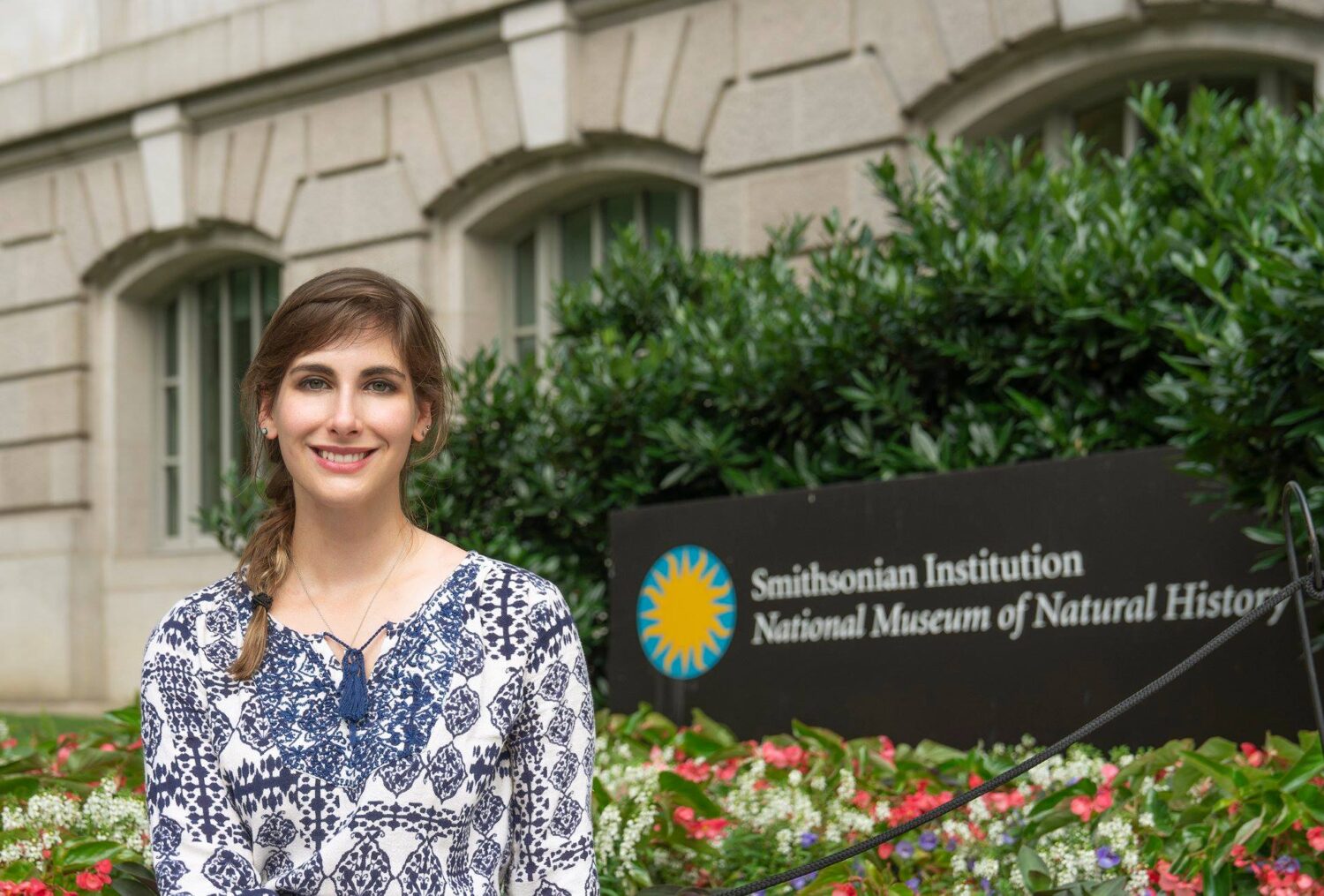
Tessa Cicak, University of Minnesota: Examining the role of competition in primate dietary morphology and isotopes

Robert Davis, British Museum: Burning question: Fire-use in northwest Europe 400,000 years ago

Hyunwoo Jung, University at Buffalo SUNY: Developmental and functional integration in the axial skeleton of anthropoids
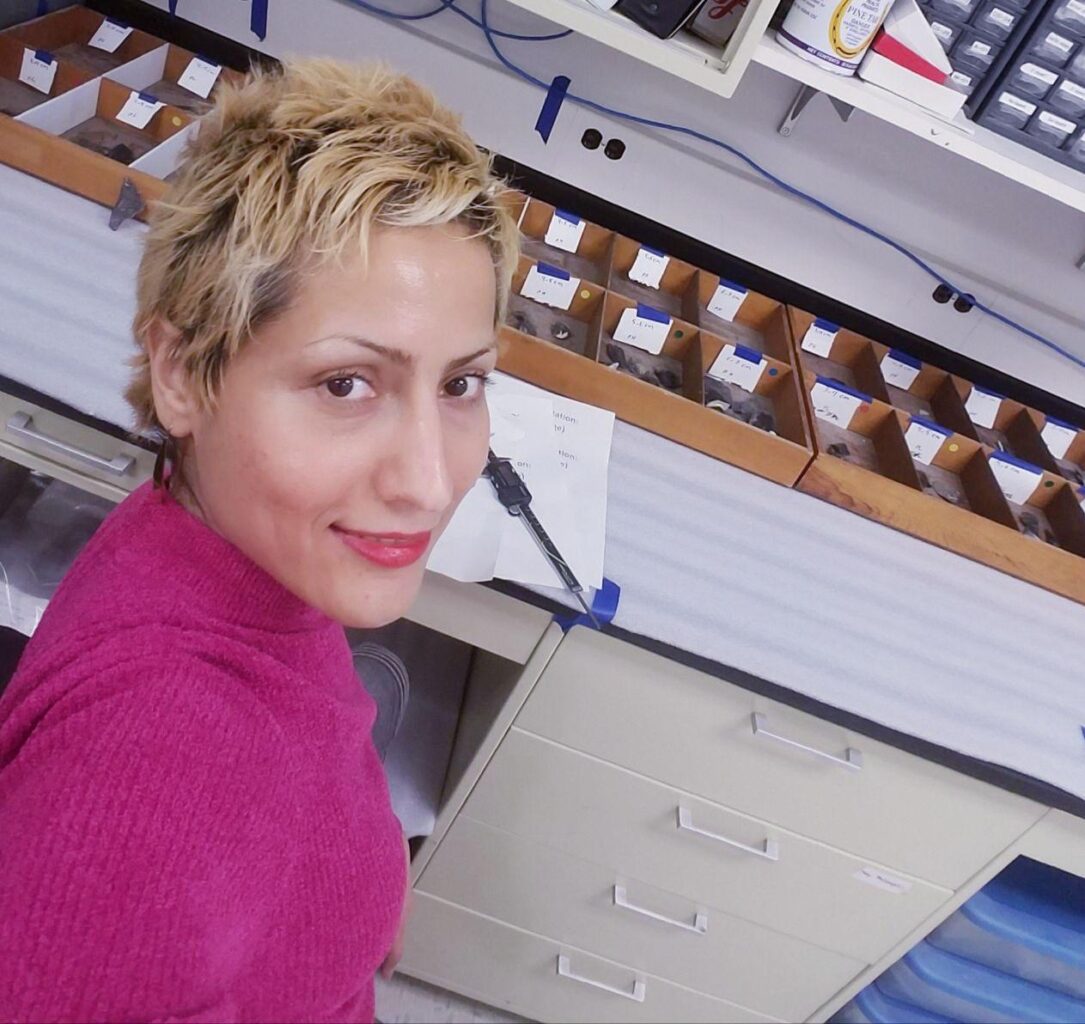
Somaye Khaksar, University of Minnesota: The effect of edge segmentation on lithic blank cutting efficiency and technological transitions in the Pleistocene
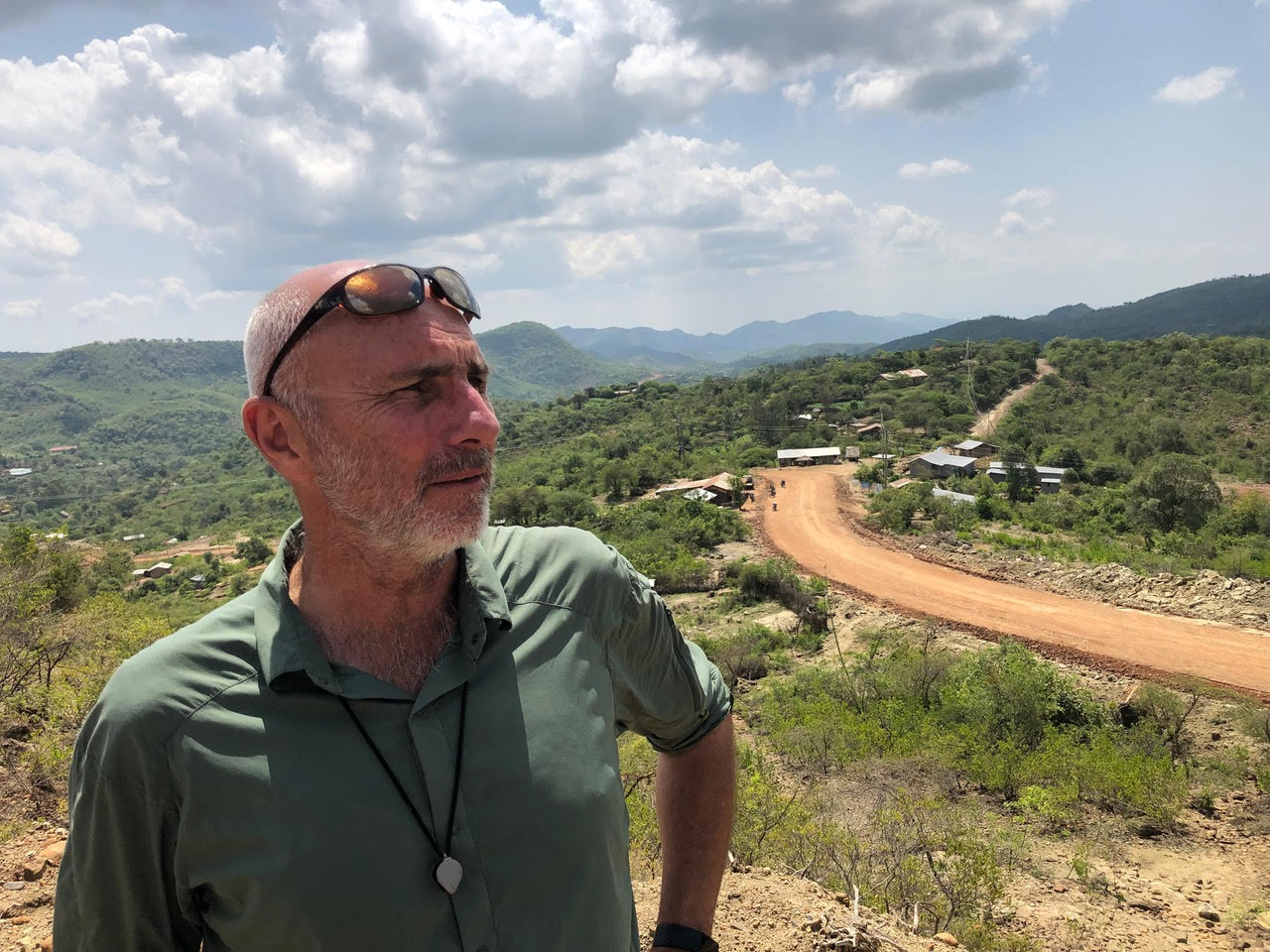
John Kingston, University of Michigan: Beyond the “mosaic paradigm”: Characterizing habitat heterogeneity in hominin evolution
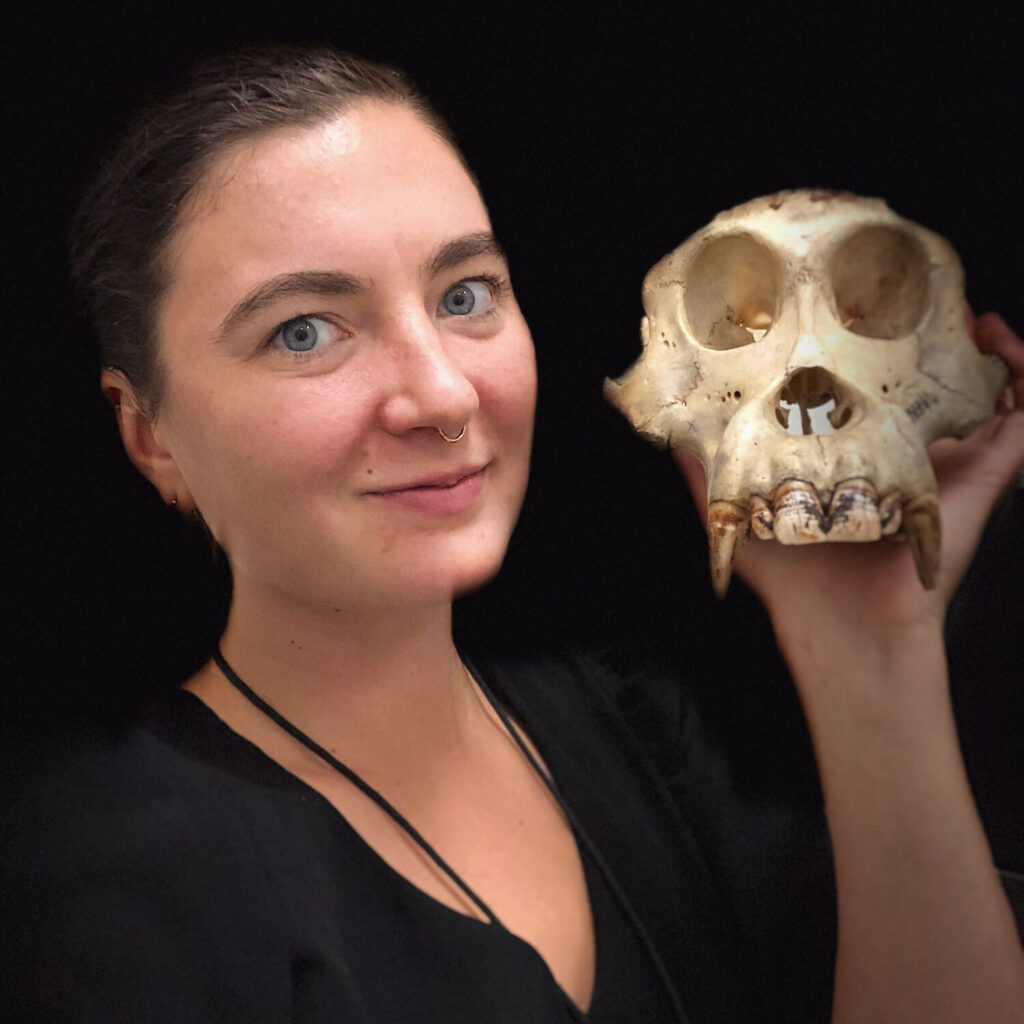
Alexandra Kralick, University of Pennsylvania: CT scan analysis of orangutan skeletal measurements and Its relationship to secondary sexual characteristic development
William Lukens, James Madison University: Paleoenvironments of early-middle Miocene catarrhine localities in West Turkana, Kenya
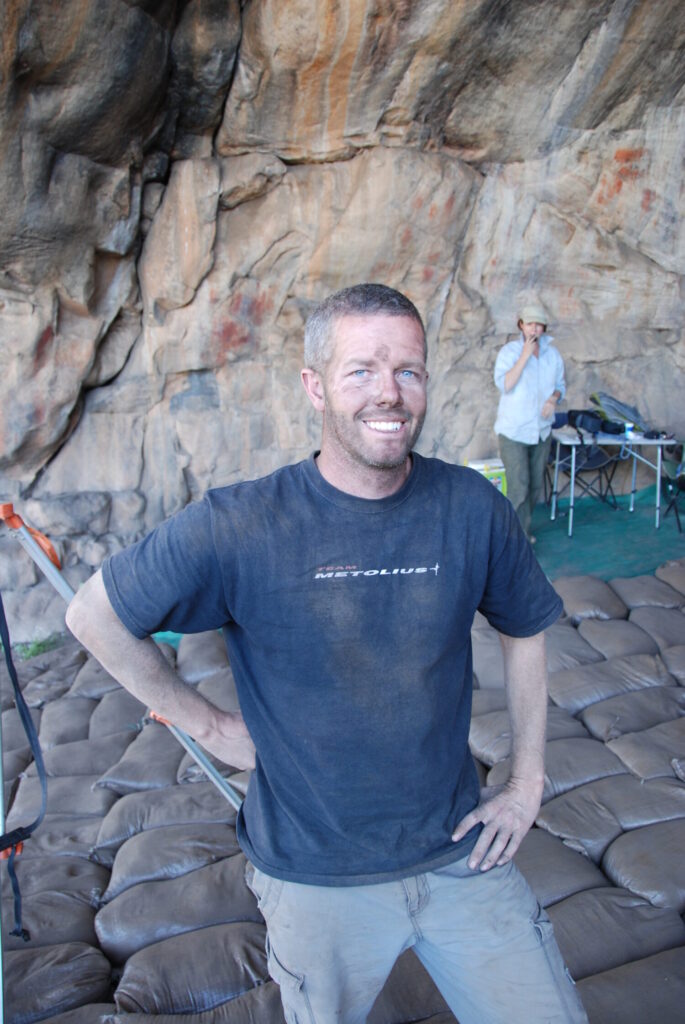
Alexander Mackay, University of Wollongong: The organization of Still Bay technology in southern Africa

Carrie Mongle, American Museum of Natural History: Re-evaluating human evolution: The role of postcranial data in reconstructing hominin evolutionary relationships

Samantha Queeno, University of Oregon: MicroRNAs, myofibers, and the evolution of endurance locomotion in hominins
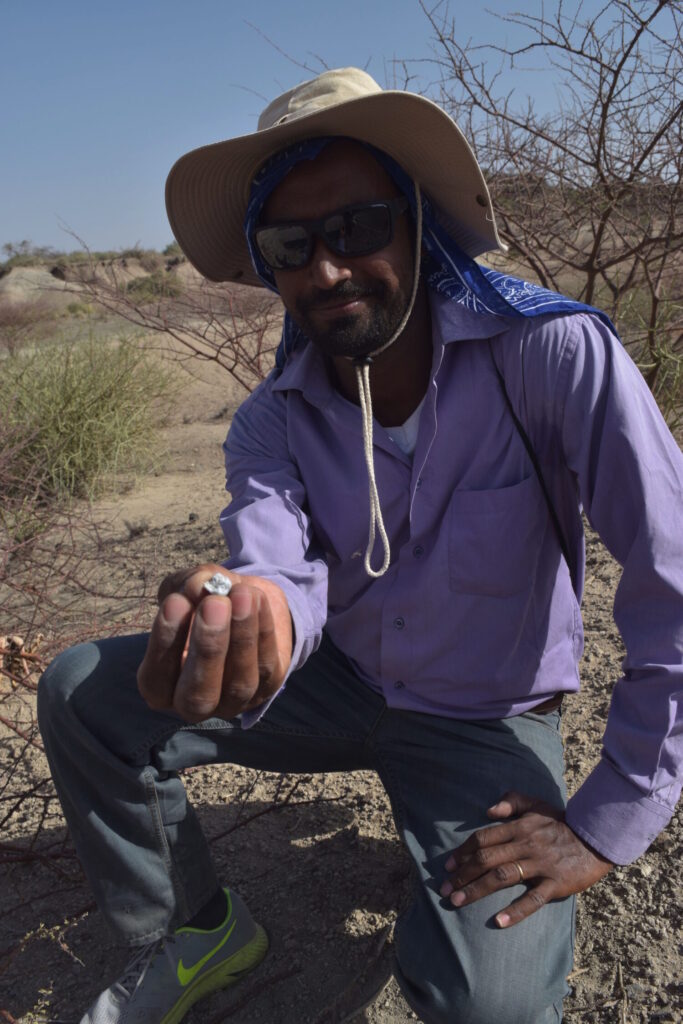
Hailay Reda, University of Oregon: Reconstructing the paleoecology of Woranso-Mille hominins using cercopithecids.
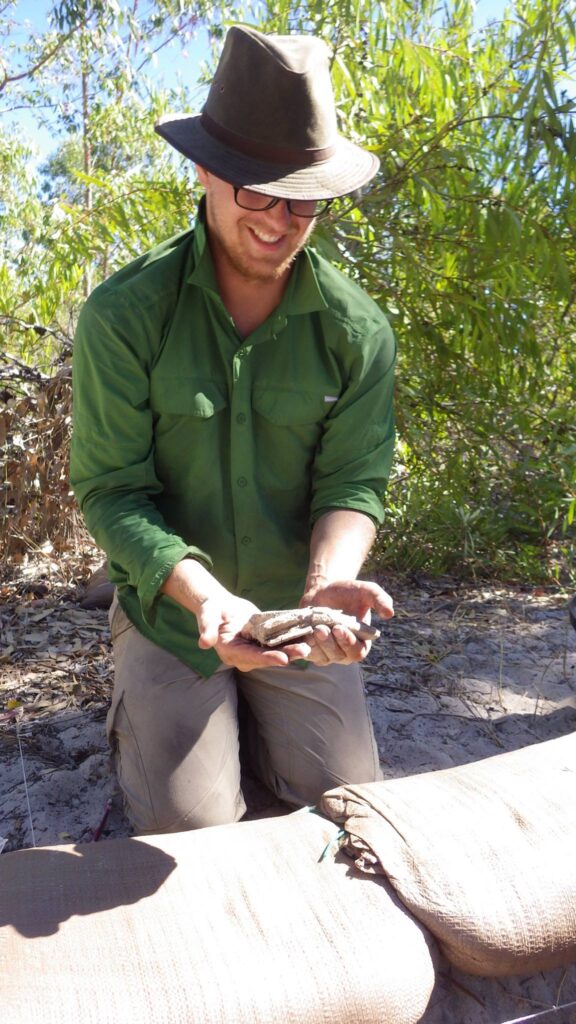
Jonathan Reeves, Institute for Archaeological Sciences: Detecting signatures of social information transfer in the Early Pleistocene: A least effort approach
Jeffrey Spear, New York University: Integration and homoplasy in the forelimb of suspensory primates
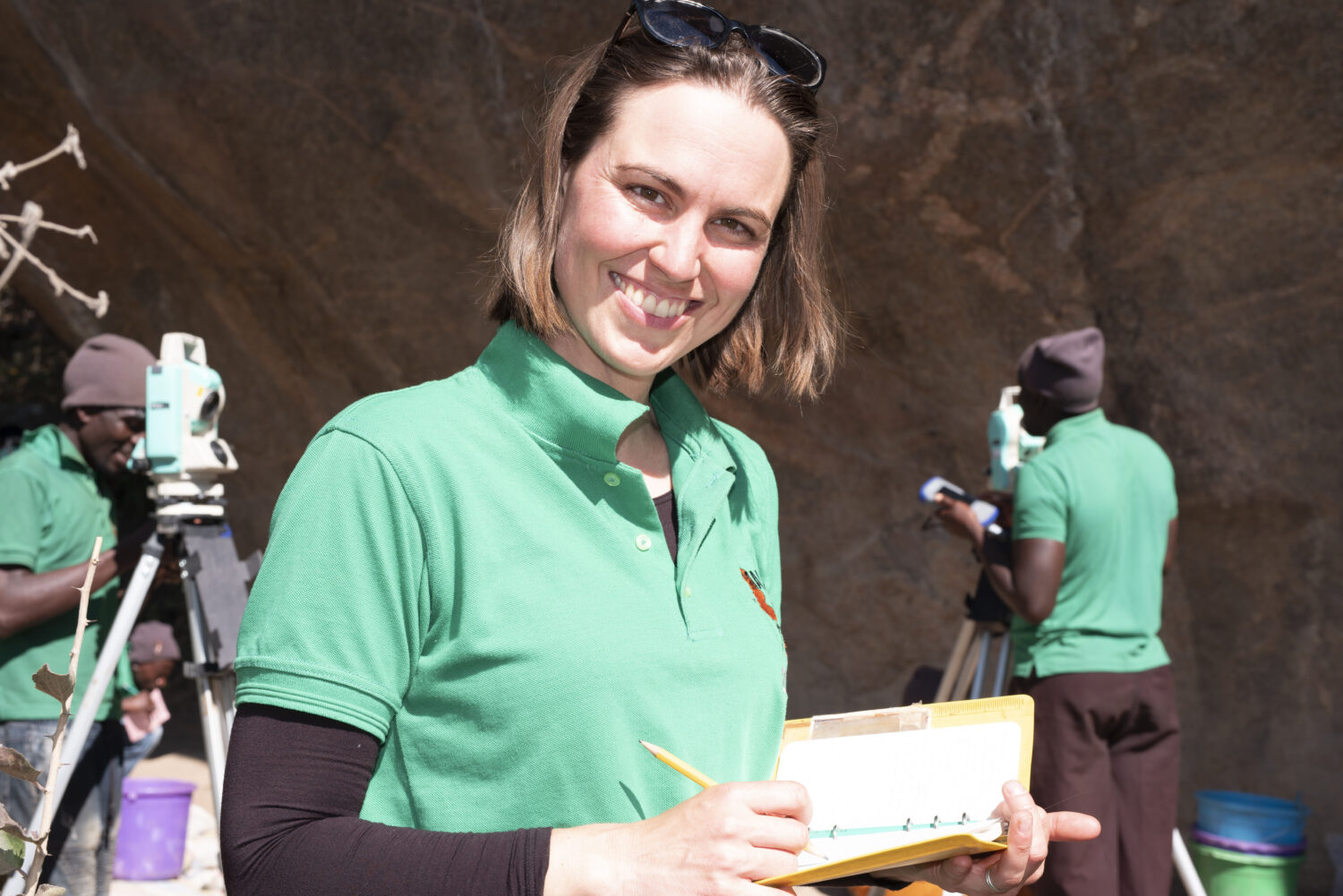
Jessica Thompson, Yale University: Late Pleistocene environments and hunter-gatherer adaptations in the Kasitu Valley of Malawi
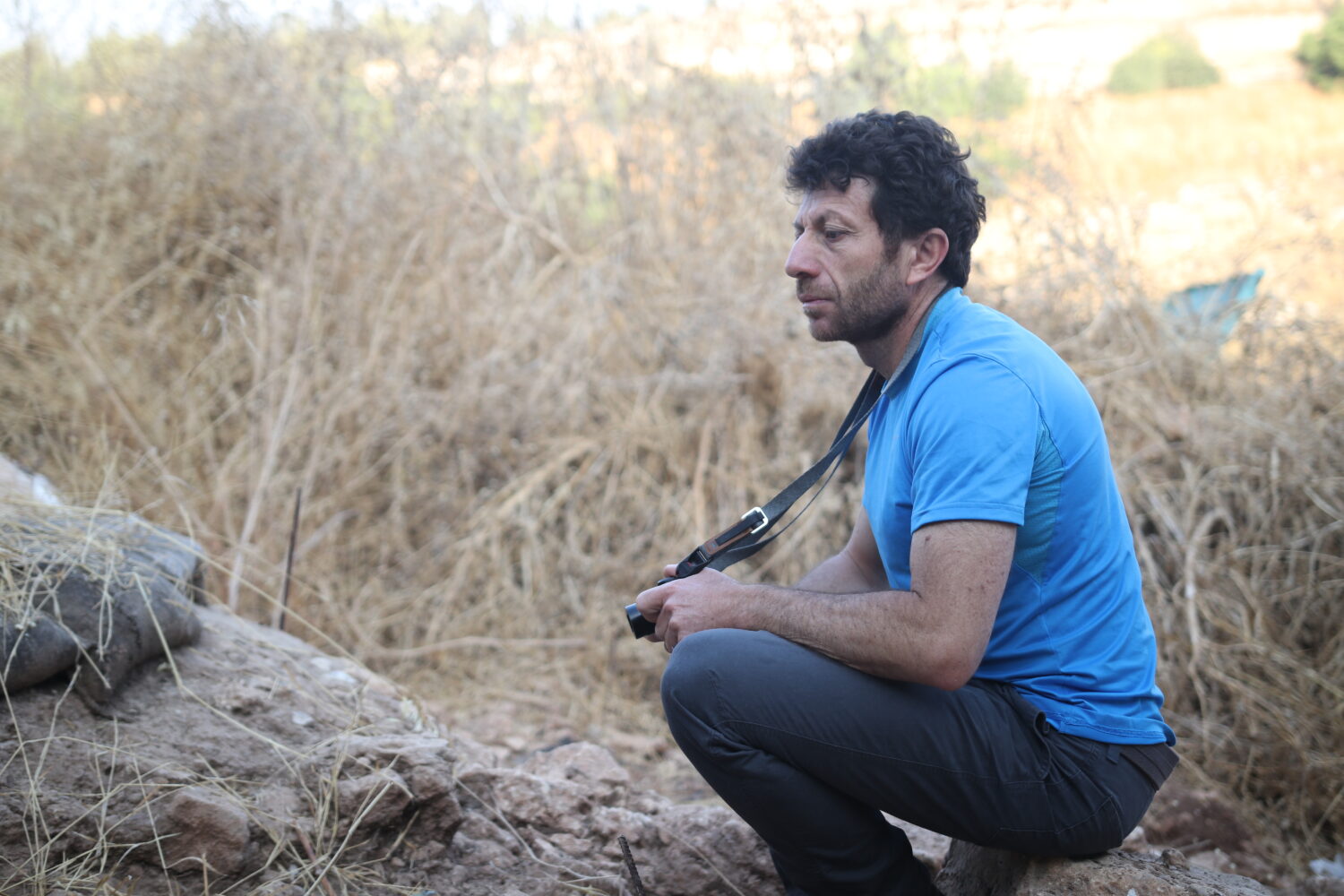
Yossi Zaidner, The Hebrew University of Jerusalem: New Middle Paleolithic human fossils from the Levant: Excavations at Tinshemet Cave, Israel
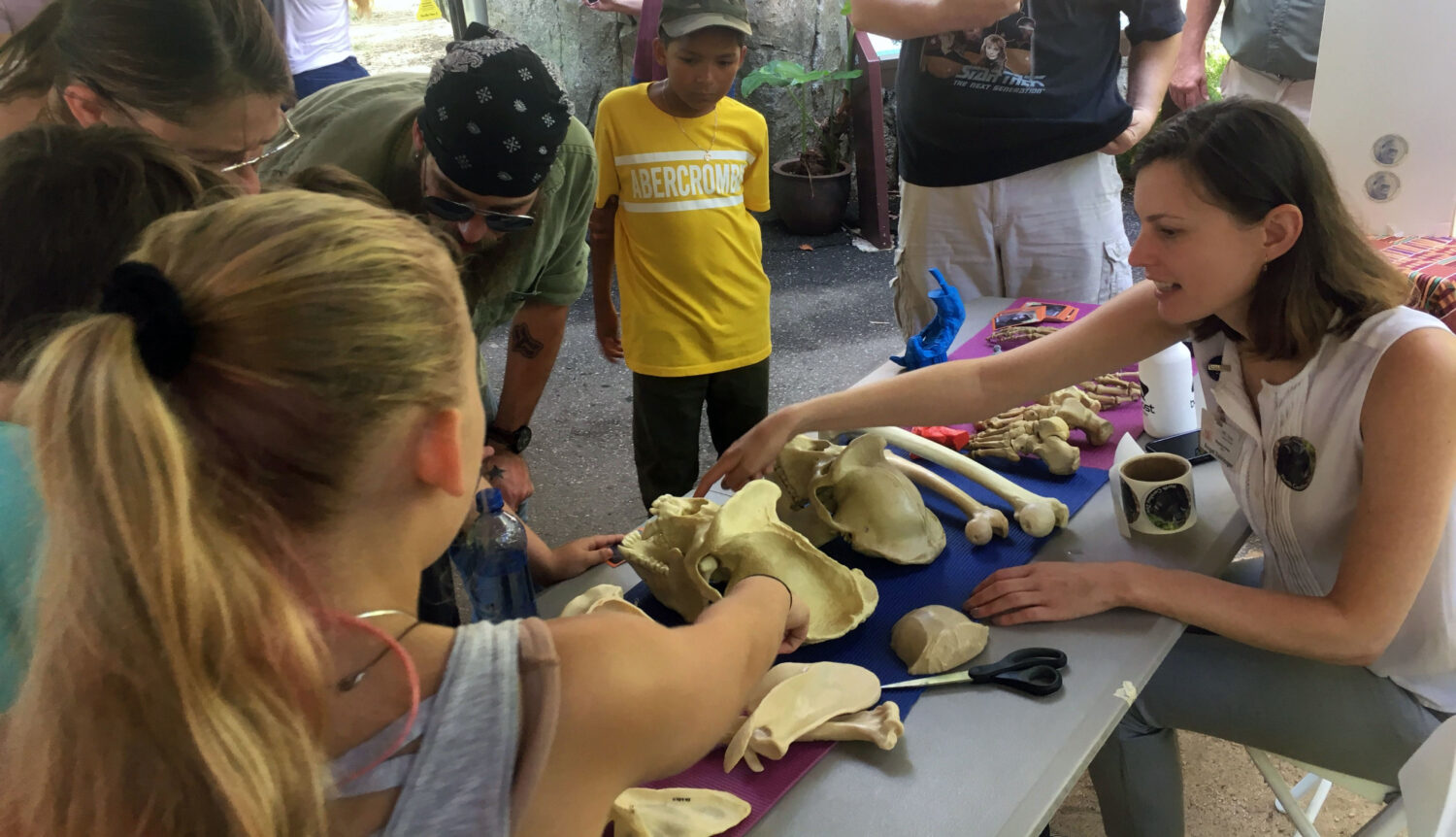
Angel Zeininger Duke University: Foot posture in orangutans (Pongo pygmaeus) and the evolution of human heel strike


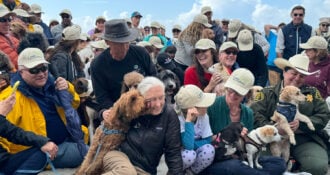
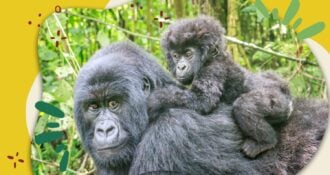

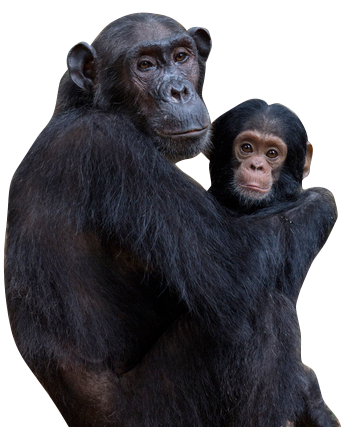
Comments 0